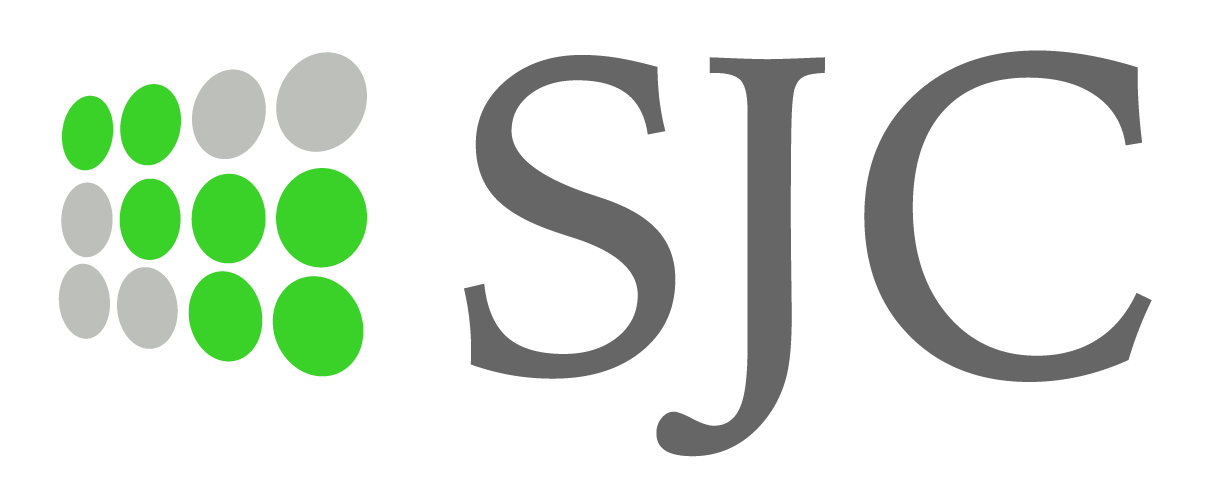***Co-written by Jeffrey Jarman, Ph.D.
In our two-plus decades of watching attorney presentations in the courtroom, the most consistent attorney trait we have observed is the stubborn insistence that the facts and substance are all that is needed to win the day, causing many attorneys (most often on the defense side of the case) to ignore the importance of oration and technique. The result is a boring presentation. In fact, most attorneys do not appreciate how boring their presentations are and, unfortunately, interesting but factually inaccurate presentations often prevail over the boring truth. Trial is a set of performances, and the attorneys are performers whether they prefer to think of it that way or not. So how does an attorney become a better performer and thus, a more persuasive speaker?
Martin Luther King Jr.’s “I Have a Dream” speech is widely regarded as one the best speeches of all time and provides some incredible examples of simple oration techniques that can help attorneys improve their performance at trial. In honor of MLK Day last month, here are four specific language strategies used by King in the speech that attorneys can embrace in their trial presentations.
1. Vivid and descriptive language. Vivid and descriptive language adds specific details that allow listeners to place themselves at the scene in their imaginations. It also adds interest and enhances emotions. Vague and boring descriptions are enhanced with strong verbs and nouns and compelling adverbs and adjectives. In King’s speech, the Emancipation Proclamation was described as a “momentous decree.” But, he adds, “one hundred years later, the Negro still languishes in the corners of American society.” “Momentous decree” is much more vivid that “important” and “languishes in the corners of American society” is more vivid than “struggles in the United States.” Similarly, attorneys should utilize descriptive language to enhance the vividness of what they are saying. Don’t simply tell the jurors the basic elements of the scene. The language should place jurors at the scene and allow help them to see the events as their side wants jurors to see them. For example, a bad motor vehicle accident might describe the “twisted metal” or the remnants of “what was once a Chevy Yukon.”
2. Metaphors (and similes and other figurative comparisons) are a special kind of descriptive language. Metaphors function by pairing together two concepts, one less well known with one more well known. The listener can gain a new appreciation for the less well-known idea through the association with the more well-known idea. King’s speech is filled with metaphors, including “the tranquilizing drug of gradualism,” “quicksand of racial injustice,” “an invigorating autumn of freedom and equality,” and “battered by the storms of persecution and staggered by the winds of police brutality.” Unlike most language strategies, metaphors are powerful vehicles to help reveal the worldview of the author. While there are dozens of metaphors in King’s speech, there is one extended metaphor related to the bank. As he said, “We’ve come to the nation’s capital to cash a check.” He describes the Constitution and Declaration as a “promissory note” guaranteeing life, liberty and the pursuit of happiness. And while he laments the current shameful conditions, he stated, “We refuse to believe there are insufficient funds in the great vaults of opportunity of this nation.” Why would King’s lone extended metaphor invoke economics? He was speaking at the March on Washington for Jobsand Freedom. Moreover, King was an advocate for universal basic income. His choice of an extended metaphor reveals King’s commitment to the mutually reinforcing need for both economic justice and social justice.
3. Antithesis. Antithesis is a language strategy of juxtaposing two opposing ideas in the same sentence. The strategy utilizes a “not this, but that” form. The point of antithesis is to amplify the meaning of one idea by overtly comparing it to its opposite. There are many examples of antithesis in King’s speech, including what is perhaps the most famous line: “I have a dream that my four little children will one day live in a nation where they will not be judged by the color of their skin but by the content of their character.” The Civil Rights Act was proposed by JFK in June, a little more than two months prior to the speech. King adopted the use of antithesis in reference to the Act when he stated, “Nineteen sixty-three is not an end, but a beginning.” Many of King’s metaphors were made even more dramatic with the use of antithesis. For example, King says, “One hundred years later, the Negro lives on a lonely island of poverty in the midst of a vast ocean of material prosperity.” In one sentence, King uses both antithesis and metaphor to vividly make his point. At trial, the most common example of antithesis is the decision tree where attorneys verbally and visually walk jurors through all the choices one party made and juxtapose those choices to the choices they should have made.
4. Parallel structure. Finally, parallel structure is a more specific variant of repetition where a word or phrase repeats at regular intervals, such as the beginning of a series of sentences (as opposed to repetition where the word or phrase is repeated without a consistent placement). Both parallel structure and repetition add emphasis and support audience recall. There are many examples of parallel structure in King’s speech. Early in the speech, for example, King uses parallel structure when he repeats “One hundred years later” at the beginning of four consecutive sentences as he details several examples of how discrimination and oppression continue despite the passage of 100 years since the signing of the Emancipation Proclamation. Later in the speech, King uses parallel structure when he details his dream for the future of America. The phrases he repeats in parallel include the following, in order: one hundred years later, now is the time, we can never be satisfied, go back, I have a dream, with this faith, together, let freedom ring. Read as a single sentence, it closely resembles the thesis of the speech. As a tool for audience recall, King’s strategic use of parallel structure enables the audience to quickly remember the key points from an 18-minute address. At trial, parallel structure can often consist of taking your core theme and using it to start each paragraph or section. “The plaintiff chose speed over safety when he did X….the plaintiff chose speed over safety when he did y…the plaintiff chose speed over safety when he did z.”
These are just four simple rhetorical devices that can help make you a better orator in your opening statements and closing arguments. They might not seem significant, but as King’s speech starkly illustrates, the language we choose is a vital element of strategy and can make the difference between a boring presentation that encourages jurors to tune out and an interesting one that pulls them in.




